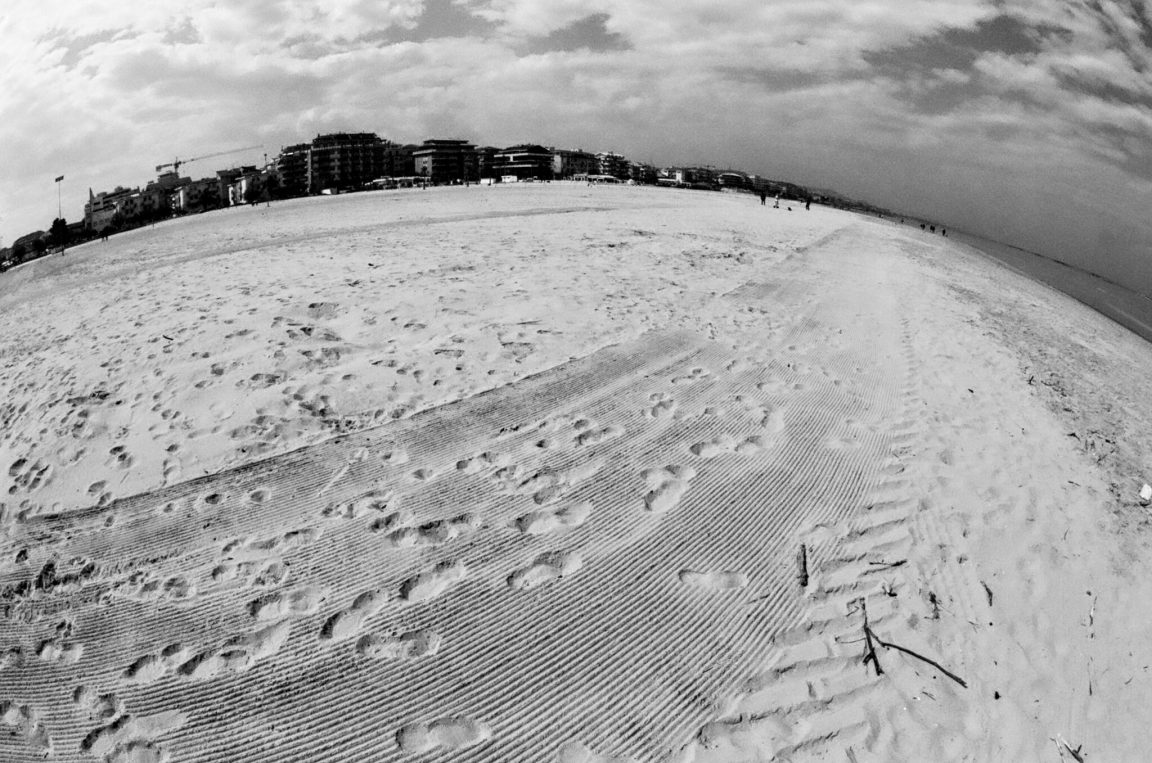
Nikkor 16mm Fisheye – Three Ways to Make use of Such a Lens
For me, a fisheye is the most challenging lens to use. Unlike other ‘normal’ focal lengths, a fisheye has an inherent deformation of reality. As a result, it is often used to create images with an unreal rendering, reminiscent of M.C. Escher’s self-portrait looking into a transparent globe.
However, as happened in music with the advent of digital processors and effects, it is very easy – at least it was for me – to fall into the trap of focusing on the form rather than the message. In other words, as soon as a ‘weird’ looking photo is achieved, that was enough. Just like playing electric guitar back in the days, it was enough to get a spacey sound by mixing a delay, a chorus and a harmonizer, without caring about the actual music: how many fusion musicians in the eighties fell into this trap? But stop musing about music and let’s get back to the original subject: the use of a fisheye lens – Initially published on 35mmc.com
This is an example of an ‘ordinary’ fish-eye picture. It has all the characteristics of this kind of lens which can be found in zillions of images on the Internet. Perhaps the lines on the sand converging towards the horizon make the composition a little more original. Overall, however, the picture is a paradigmatic example of the genre.

A slightly less conventional use of a fisheye is to bend the lens until the horizon is perfectly flat. This is one possible result.

A third way to use this focal lens is to hide it. In this photo, the evidence of the use of a fisheye lens comes from the bent lamppost and pillar. But the strong effect of the layout of the bridge on the composition somehow makes it less immediately obvious what kind of lens has been used.

After these attempts I stopped using the fisheye, as I didn’t find it interesting enough to motivate further experiments, so these pictures, taken with a Nikon F3, are just a few reminders on a notebook.




